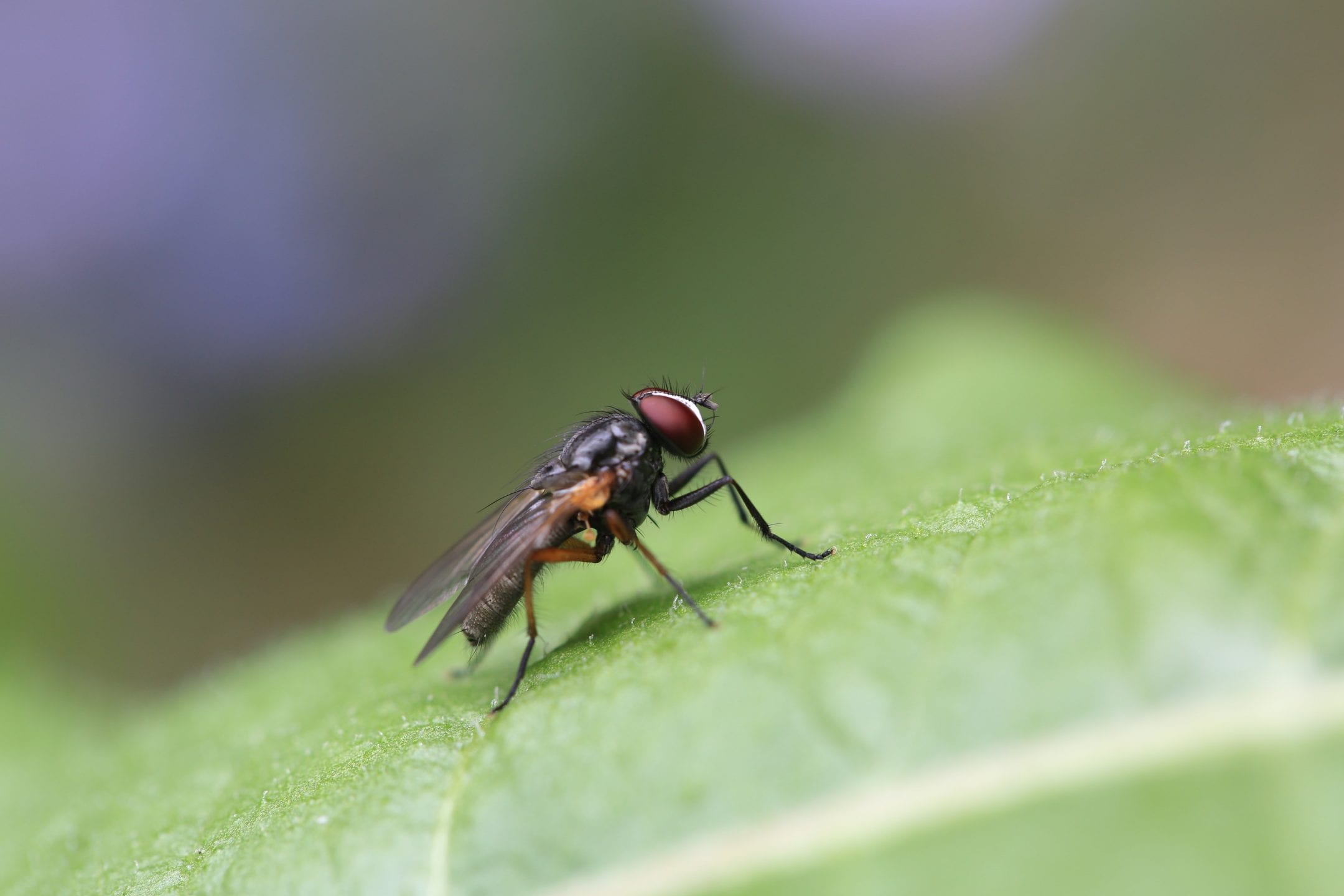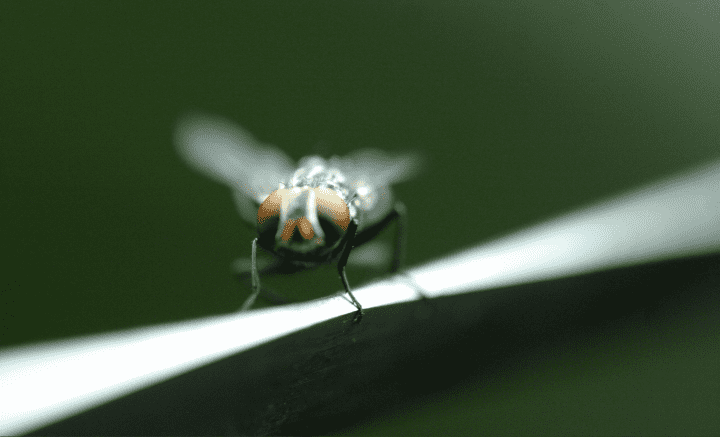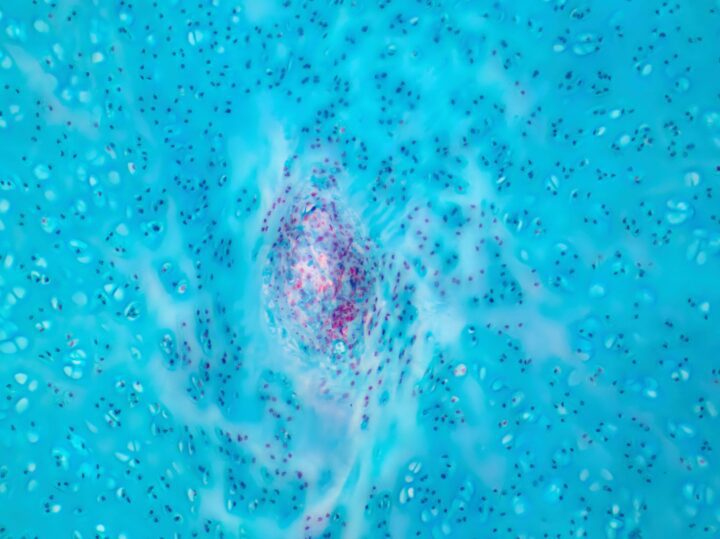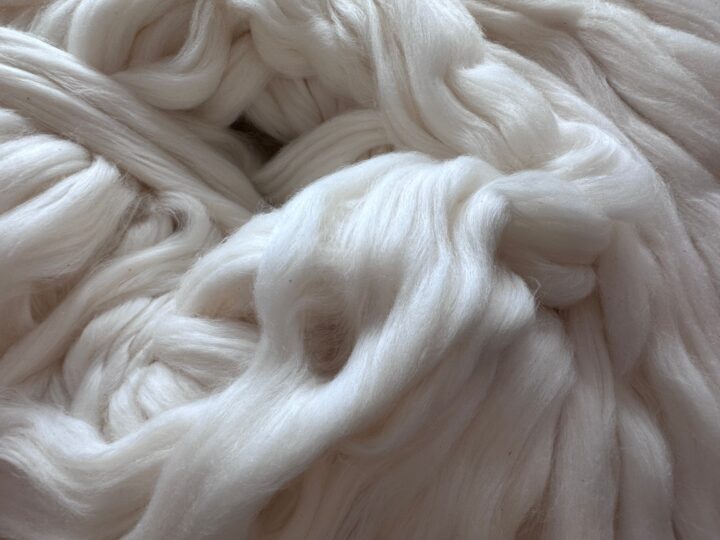CURVACE is a curved artificial compound eye that allows for rapid and accurate motion detection over a large area.
Benefits
- Improved motion detection
- Increased visibility over a wider field of view
Applications
- Robotics
- Cameras
UN Sustainable Development Goals Addressed
-

Goal 9: Industry Innovation & Infrastructure
The Challenge
Artificial compound eyes are beneficial for robotics and other applications that require a camera-like apparatus. However, creating an artificial eye is difficult because it requires aligning different photoreceptive and optical components onto a curved surface.
Innovation Details
CURVACE (Curved Artificial Compound Eye) was inspired by the eyes of fruit flies. It consists of three planar layers of separately produced arrays: a microlens, a neuromorphic photodetector, and a flexible printed circuit board. These three layers are stacked, cut, and curved to produce a mechanically flexible imager. This produces a panoramic, undistorted field of view with embedded and programmable low-power signal processing, high temporal resolution, and local to illumination in a very thin package.

Biological Model
Insects have compound eyes that consist of a curved array of micro-lenses, each conveying photons to a separate set of one or more photoreceptors. Although it has lower resolution compared to vertebrate eyes, compound eyes are efficient for motion detection over a large field of view, making it an excellent sensor for accurate and fast navigation in 3D dynamic environments.






